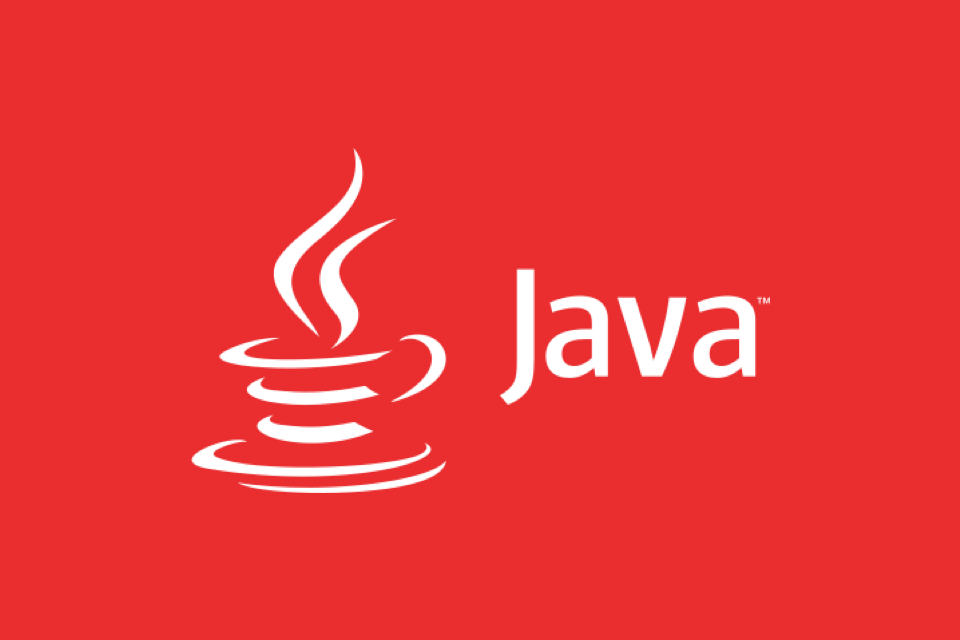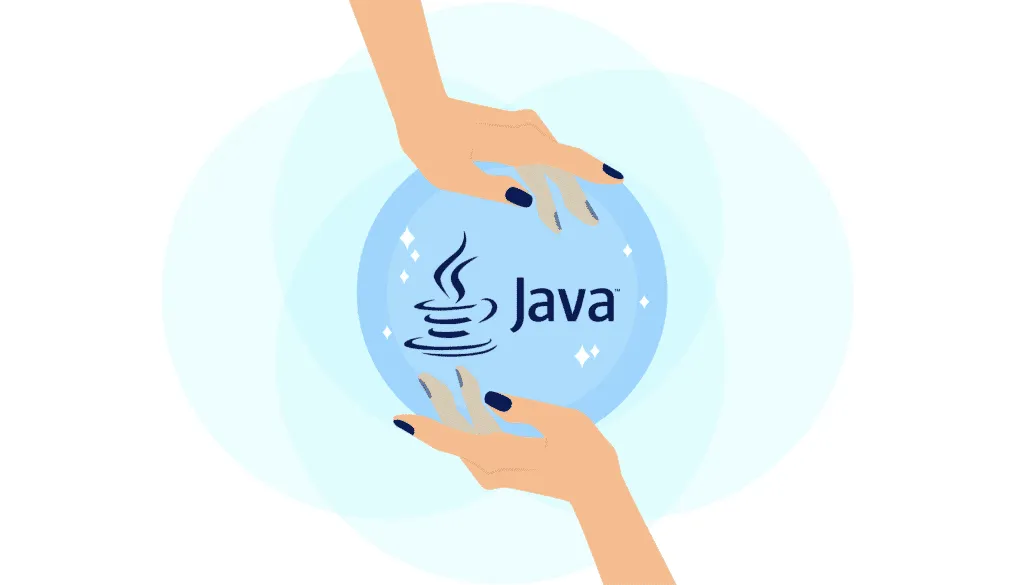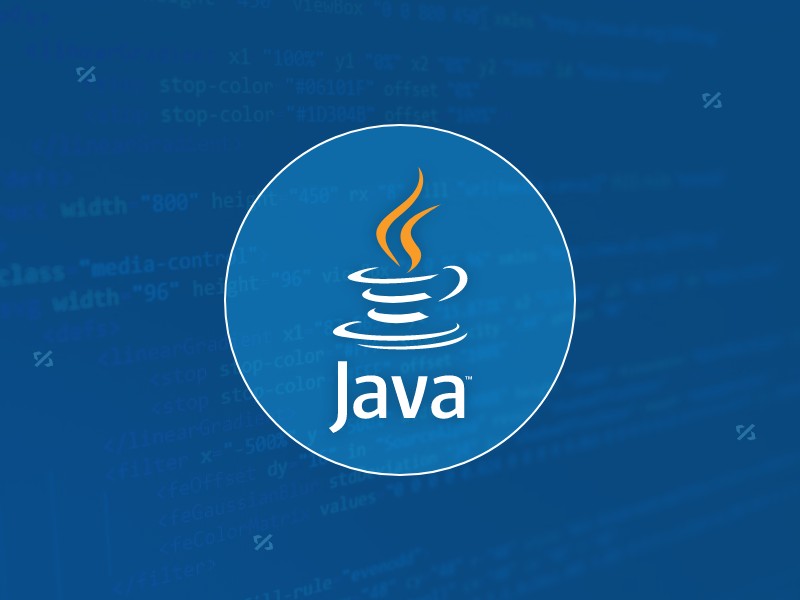How to handle serialization and deserialization in Java?
Jul 09, 2025 am 01:49 AMSerialization is the process of converting an object into a storageable or transferable format, while deserialization is the process of restoring it to an object. Implementing the Serializable interface in Java can use ObjectOutputStream and ObjectInputStream to operate. 1. The class must implement the Serializable interface; 2. All fields must be serializable or marked as transient; 3. It is recommended to manually define serialVersionUID to avoid version problems; 4. Use transient to eliminate sensitive fields; 5. Rewrite readObject/writeObject custom logic; 6. Pay attention to security, performance and compatibility issues, and use alternatives such as JSON when necessary. Mastering these key points can effectively improve the efficiency of Java serialization and deserialization.

Handling serialization and deserialization in Java is not complicated, but to really use it well, you have to pay attention to a lot of details. Java provides native support, but there are some common pitfalls that need attention.

What are serialization and deserialization?
Simply put, serialization is to turn objects into formats that can be stored or transferred, such as byte streams; while deserialization is to turn this process in reverse and reconstruct the original object.

In Java, you only need to make your class implement the Serializable interface, and you can use ObjectOutputStream and ObjectInputStream to perform serialization and deserialization operations.
How to do serialization correctly?
To make a class support serialization, the first step is to make it implement the Serializable interface:

public class User implements Serializable {
private String name;
private int age;
//Construction method, getter, setter, etc.}Then you can write to the object like this:
try (ObjectOutputStream out = new ObjectOutputStream(new FileOutputStream("user.ser"))) {
User user = new User("Alice", 30);
out.writeObject(user);
}It's very similar when reading:
try (ObjectInputStream in = new ObjectInputStream(new FileInputStream("user.ser"))) {
User user = (User) in.readObject();
}This may seem simple, but there are a few things to note:
- If the class does not implement
Serializable, an exception will be thrown. - All fields that need to be serialized must be serializable, otherwise they will either be marked as
transientor they will implementSerializablethemselves. - It is recommended to manually define
serialVersionUID, otherwise the default generated may fail to deserialize due to changes in the class structure.
Use transient keywords to control serialization of content
There are some fields you may not want to be saved, such as sensitive information or temporary cache. At this time, you can use the transient keyword to modify these fields:
private transient String password;
After adding this keyword, the field will not be included in the automatic serialization mechanism.
If you also need to restore the values ??of these fields during deserialization, you can consider implementing the readObject method to customize the logic:
private void readObject(ObjectInputStream in) throws IOException, ClassNotFoundException {
in.defaultReadObject();
password = "default"; // Custom recovery logic} Of course, you can also rewrite writeObject to control the behavior during writing.
Some notes on serialization
Although the serialization mechanism of Java is very convenient, there are still several points that are easy to ignore in actual use:
- Version compatibility issues : If the structure of the class changes (such as adding or deserializing fields), the old data may not be deserialized normally. It is recommended to explicitly declare
serialVersionUID. - Security Issues : Deserializing untrusted data can lead to security risks, especially in cases of network transmission or user input.
- Performance issues : Java native serialization is not efficient, and other solutions are recommended for performance-sensitive scenarios, such as JSON or Protocol Buffers.
In addition, if you plan to transfer objects on the network or store objects in systems like Redis, you must also confirm whether they support Java native serialization, and often you will prefer to use common formats such as JSON.
Basically that's it. If you master these points, Java serialization and deserialization will be easy to use.
The above is the detailed content of How to handle serialization and deserialization in Java?. For more information, please follow other related articles on the PHP Chinese website!

Hot AI Tools

Undress AI Tool
Undress images for free

Undresser.AI Undress
AI-powered app for creating realistic nude photos

AI Clothes Remover
Online AI tool for removing clothes from photos.

Clothoff.io
AI clothes remover

Video Face Swap
Swap faces in any video effortlessly with our completely free AI face swap tool!

Hot Article

Hot Tools

Notepad++7.3.1
Easy-to-use and free code editor

SublimeText3 Chinese version
Chinese version, very easy to use

Zend Studio 13.0.1
Powerful PHP integrated development environment

Dreamweaver CS6
Visual web development tools

SublimeText3 Mac version
God-level code editing software (SublimeText3)

Hot Topics
 How Java ClassLoaders Work Internally
Jul 06, 2025 am 02:53 AM
How Java ClassLoaders Work Internally
Jul 06, 2025 am 02:53 AM
Java's class loading mechanism is implemented through ClassLoader, and its core workflow is divided into three stages: loading, linking and initialization. During the loading phase, ClassLoader dynamically reads the bytecode of the class and creates Class objects; links include verifying the correctness of the class, allocating memory to static variables, and parsing symbol references; initialization performs static code blocks and static variable assignments. Class loading adopts the parent delegation model, and prioritizes the parent class loader to find classes, and try Bootstrap, Extension, and ApplicationClassLoader in turn to ensure that the core class library is safe and avoids duplicate loading. Developers can customize ClassLoader, such as URLClassL
 Asynchronous Programming Techniques in Modern Java
Jul 07, 2025 am 02:24 AM
Asynchronous Programming Techniques in Modern Java
Jul 07, 2025 am 02:24 AM
Java supports asynchronous programming including the use of CompletableFuture, responsive streams (such as ProjectReactor), and virtual threads in Java19. 1.CompletableFuture improves code readability and maintenance through chain calls, and supports task orchestration and exception handling; 2. ProjectReactor provides Mono and Flux types to implement responsive programming, with backpressure mechanism and rich operators; 3. Virtual threads reduce concurrency costs, are suitable for I/O-intensive tasks, and are lighter and easier to expand than traditional platform threads. Each method has applicable scenarios, and appropriate tools should be selected according to your needs and mixed models should be avoided to maintain simplicity
 Understanding Java NIO and Its Advantages
Jul 08, 2025 am 02:55 AM
Understanding Java NIO and Its Advantages
Jul 08, 2025 am 02:55 AM
JavaNIO is a new IOAPI introduced by Java 1.4. 1) is aimed at buffers and channels, 2) contains Buffer, Channel and Selector core components, 3) supports non-blocking mode, and 4) handles concurrent connections more efficiently than traditional IO. Its advantages are reflected in: 1) Non-blocking IO reduces thread overhead, 2) Buffer improves data transmission efficiency, 3) Selector realizes multiplexing, and 4) Memory mapping speeds up file reading and writing. Note when using: 1) The flip/clear operation of the Buffer is easy to be confused, 2) Incomplete data needs to be processed manually without blocking, 3) Selector registration must be canceled in time, 4) NIO is not suitable for all scenarios.
 Best Practices for Using Enums in Java
Jul 07, 2025 am 02:35 AM
Best Practices for Using Enums in Java
Jul 07, 2025 am 02:35 AM
In Java, enums are suitable for representing fixed constant sets. Best practices include: 1. Use enum to represent fixed state or options to improve type safety and readability; 2. Add properties and methods to enums to enhance flexibility, such as defining fields, constructors, helper methods, etc.; 3. Use EnumMap and EnumSet to improve performance and type safety because they are more efficient based on arrays; 4. Avoid abuse of enums, such as dynamic values, frequent changes or complex logic scenarios, which should be replaced by other methods. Correct use of enum can improve code quality and reduce errors, but you need to pay attention to its applicable boundaries.
 How to handle exceptions properly in Java?
Jul 06, 2025 am 02:43 AM
How to handle exceptions properly in Java?
Jul 06, 2025 am 02:43 AM
The key to handling exceptions in Java is to catch them, handle them clearly, and not cover up problems. First, we must catch specific exception types as needed, avoid general catches, and prioritize checkedexceptions. Runtime exceptions should be judged in advance; second, we must use the log framework to record exceptions, and retry, rollback or throw based on the type; third, we must use the finally block to release resources, and recommend try-with-resources; fourth, we must reasonably define custom exceptions, inherit RuntimeException or Exception, and carry context information for easy debugging.
 What is a Singleton design pattern in Java?
Jul 09, 2025 am 01:32 AM
What is a Singleton design pattern in Java?
Jul 09, 2025 am 01:32 AM
Singleton design pattern in Java ensures that a class has only one instance and provides a global access point through private constructors and static methods, which is suitable for controlling access to shared resources. Implementation methods include: 1. Lazy loading, that is, the instance is created only when the first request is requested, which is suitable for situations where resource consumption is high and not necessarily required; 2. Thread-safe processing, ensuring that only one instance is created in a multi-threaded environment through synchronization methods or double check locking, and reducing performance impact; 3. Hungry loading, which directly initializes the instance during class loading, is suitable for lightweight objects or scenarios that can be initialized in advance; 4. Enumeration implementation, using Java enumeration to naturally support serialization, thread safety and prevent reflective attacks, is a recommended concise and reliable method. Different implementation methods can be selected according to specific needs
 What is an anonymous inner class?
Jul 07, 2025 am 02:18 AM
What is an anonymous inner class?
Jul 07, 2025 am 02:18 AM
Anonymous internal classes are used in Java to create subclasses or implement interfaces on the fly, and are often used to override methods to achieve specific purposes, such as event handling in GUI applications. Its syntax form is a new interface or class that directly defines the class body, and requires that the accessed local variables must be final or equivalent immutable. Although they are convenient, they should not be overused. Especially when the logic is complex, they can be replaced by Java8's Lambda expressions.
 Java String vs StringBuilder vs StringBuffer
Jul 09, 2025 am 01:02 AM
Java String vs StringBuilder vs StringBuffer
Jul 09, 2025 am 01:02 AM
String is immutable, StringBuilder is mutable and non-thread-safe, StringBuffer is mutable and thread-safe. 1. Once the content of String is created cannot be modified, it is suitable for a small amount of splicing; 2. StringBuilder is suitable for frequent splicing of single threads, and has high performance; 3. StringBuffer is suitable for multi-threaded shared scenarios, but has a slightly lower performance; 4. Reasonably set the initial capacity and avoid using String splicing in loops can improve performance.






